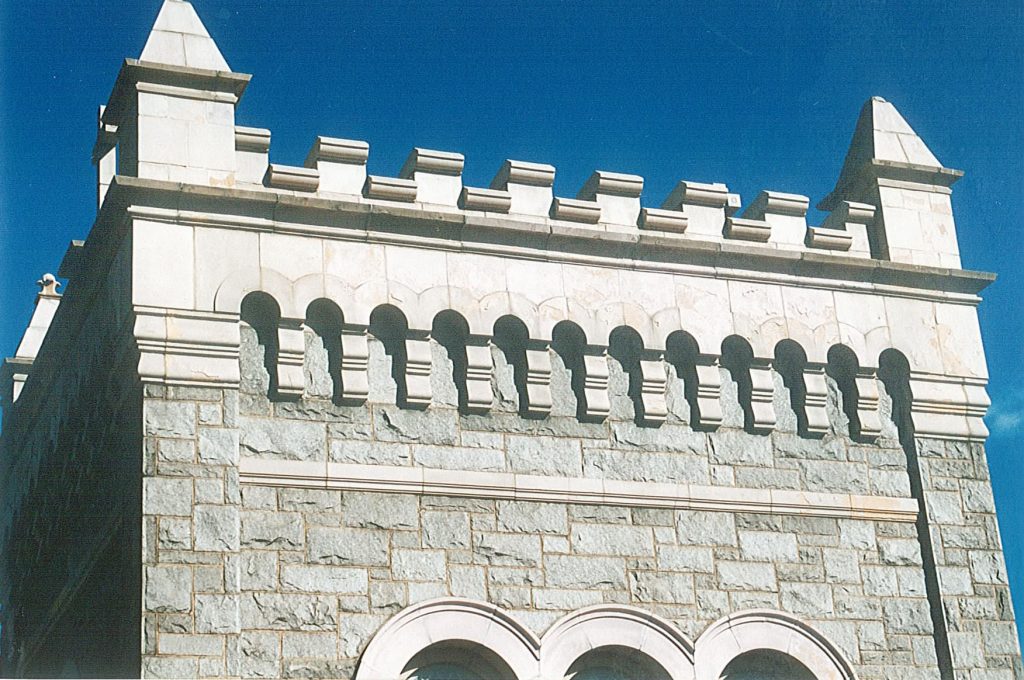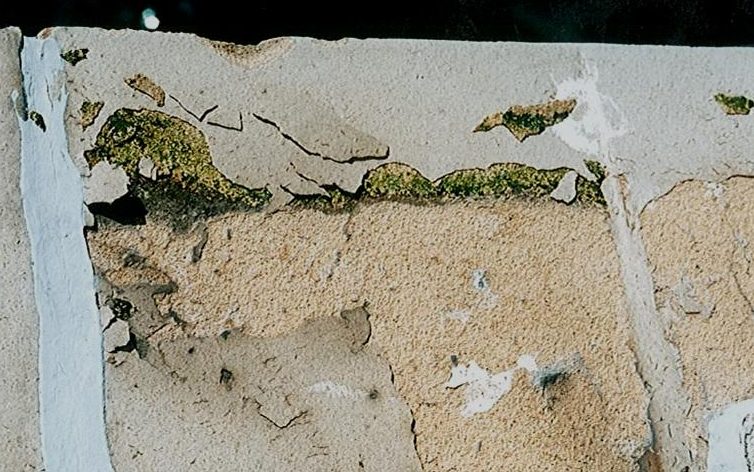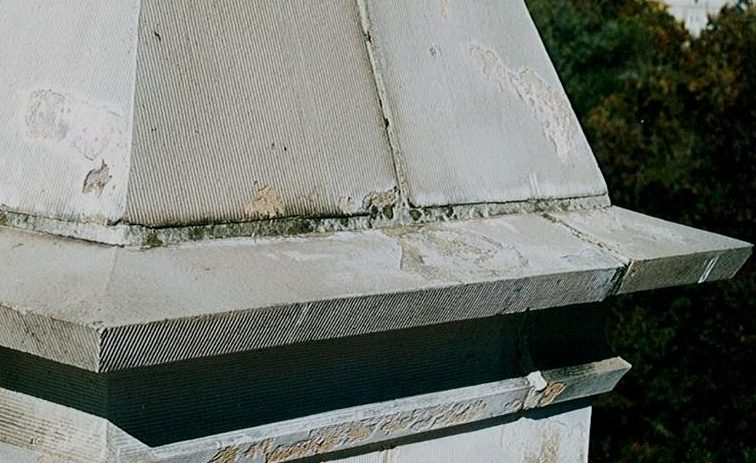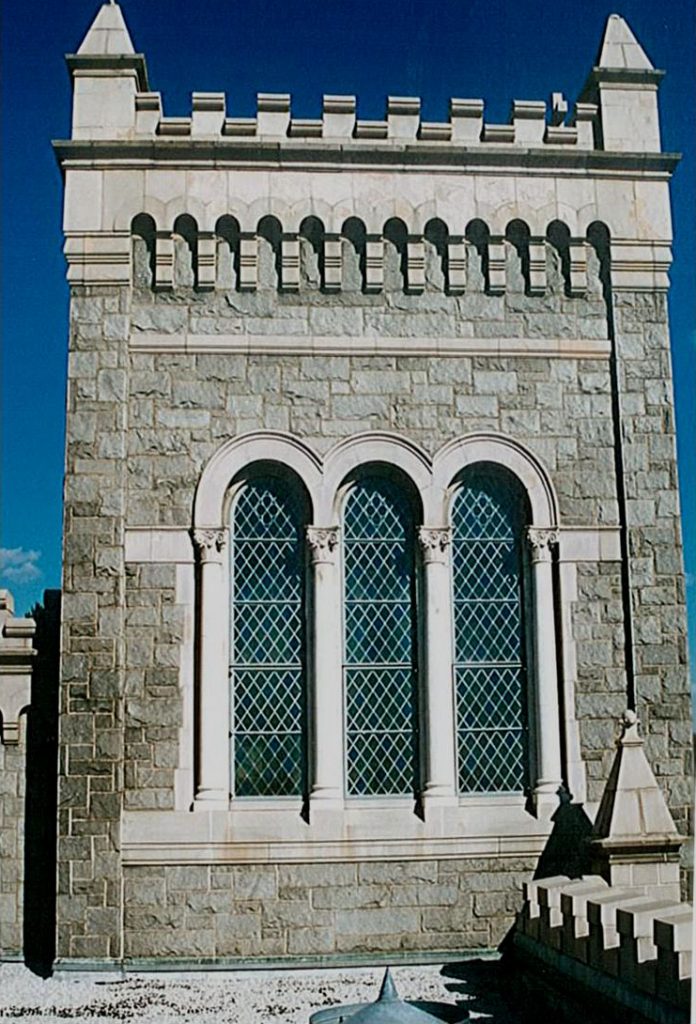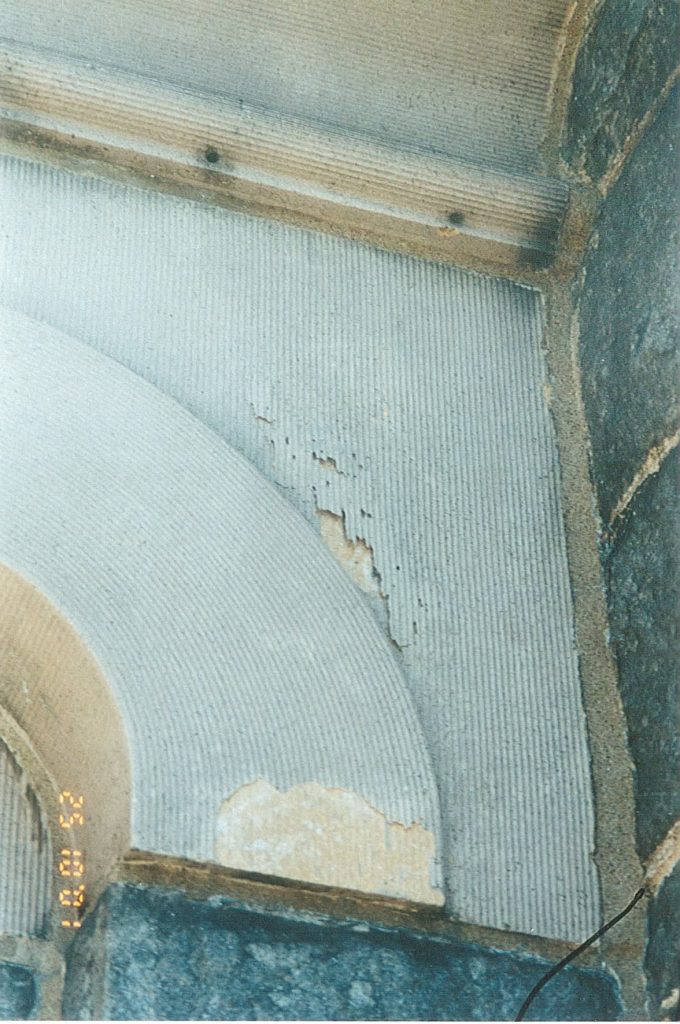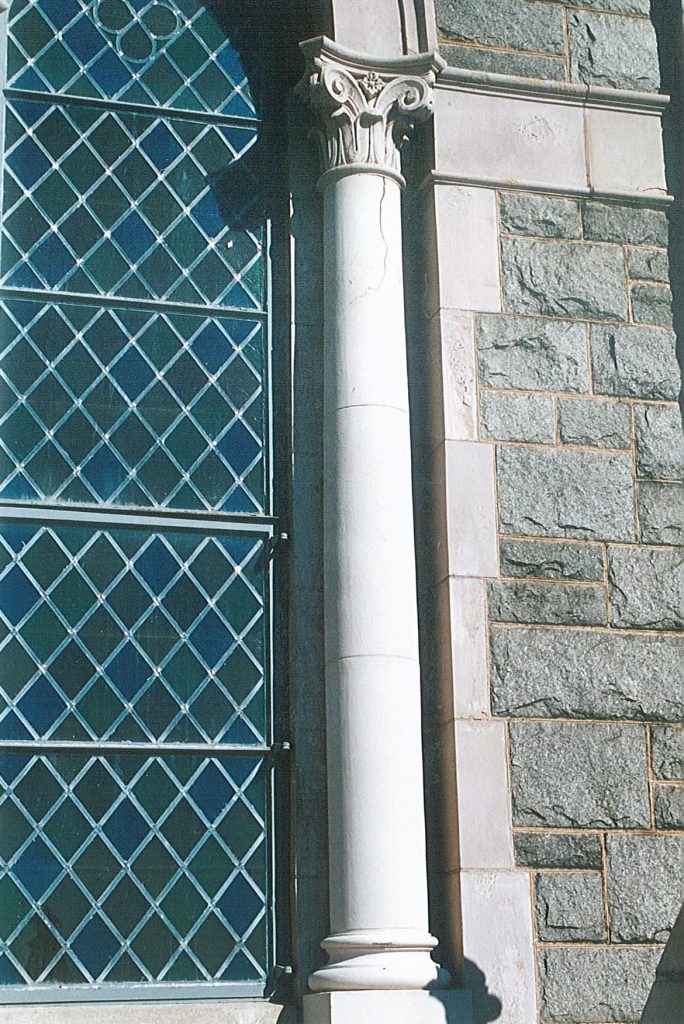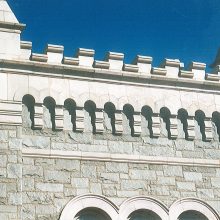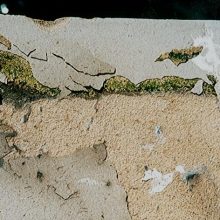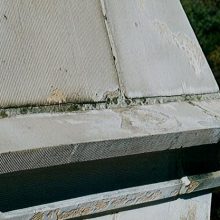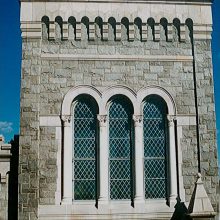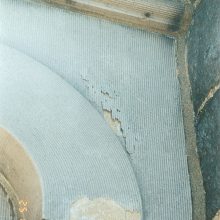Holy Redeemer College
The main hall of Holy Redeemer College in Washington, DC was designed in 1932 by architect Anthony F. A. Schmitt for the order of the Redemptorist Fathers. The walls are faced with granite ashlar, accented with Indiana limestone. The building is trimmed with substantial decorative terra cotta, ranging from corbels and crenellation to columns and capitals. The erection of this building closely followed the construction of the Order’s headquarters in upstate New York and may have used stone from the same quarry.
Although the dense granite was generally stable, the terra cotta was failing widely. Moisture infiltration had caused pervasive cracking and crazing of the glaze. Internal ferrous pins had begun to corrode and expand. The resulting forces led to spalling, and bursting of the units. Conditions were exacerbated by the poor quality of the terra cotta to begin with. Failed mortar and caulk joints, coupled with leaky roofs, were allowing additional water to enter the building. The moist climate encouraged significant biological growth and soiling.
We were contracted in 2002 to perform an investigative study, analysis and testing of this building. The goals were to determine the nature of the materials and associated failures. We documented existing conditions and identified specific problem areas. Testing was performed to determine the most efficient means of removing the salts from the terra cotta substrate. The results of the investigation were synthesized to develop treatment recommendations for each material type. Recommendations were presented by priority to the client, and stressed the need to make the building water-tight to prevent recurring damage.
